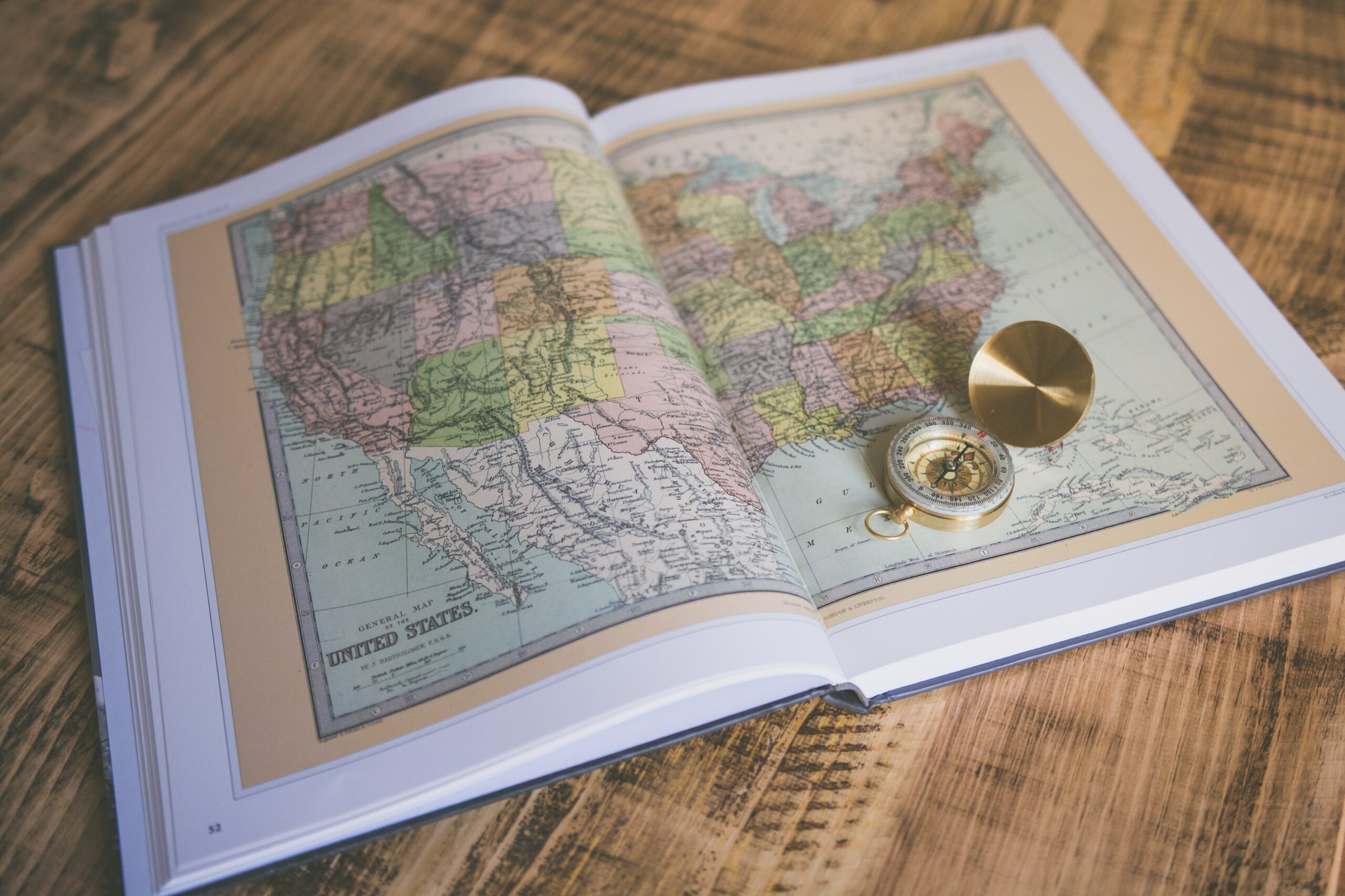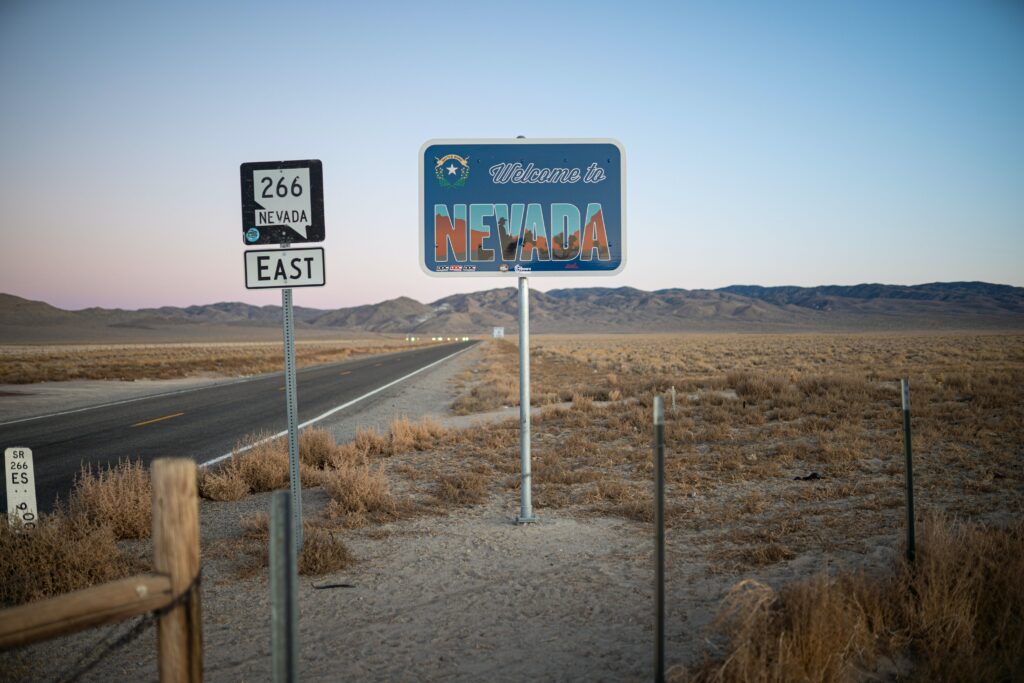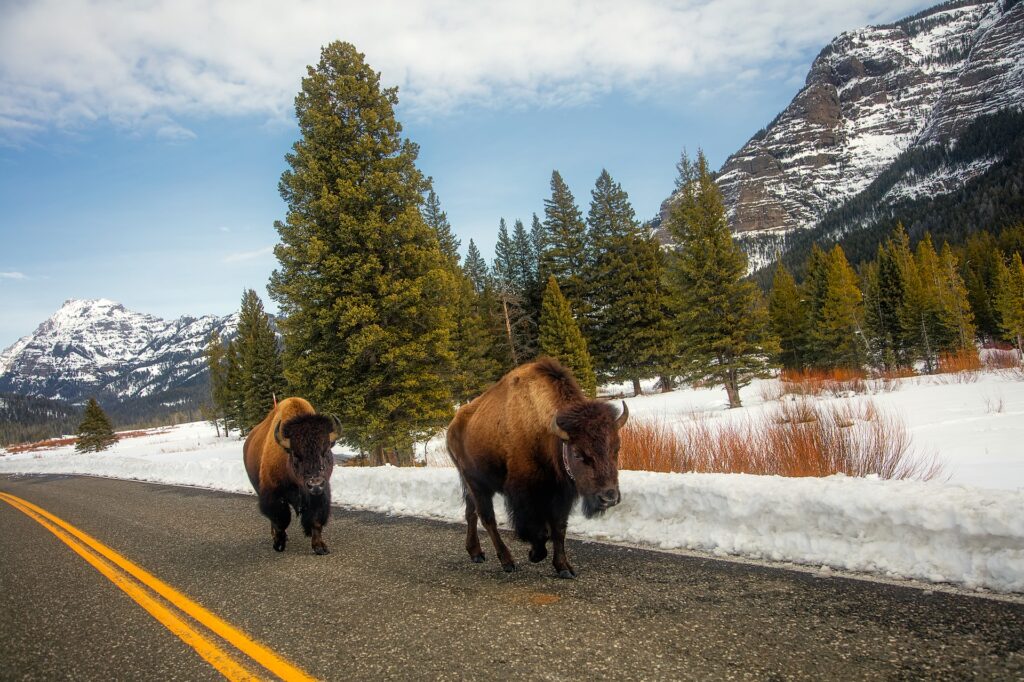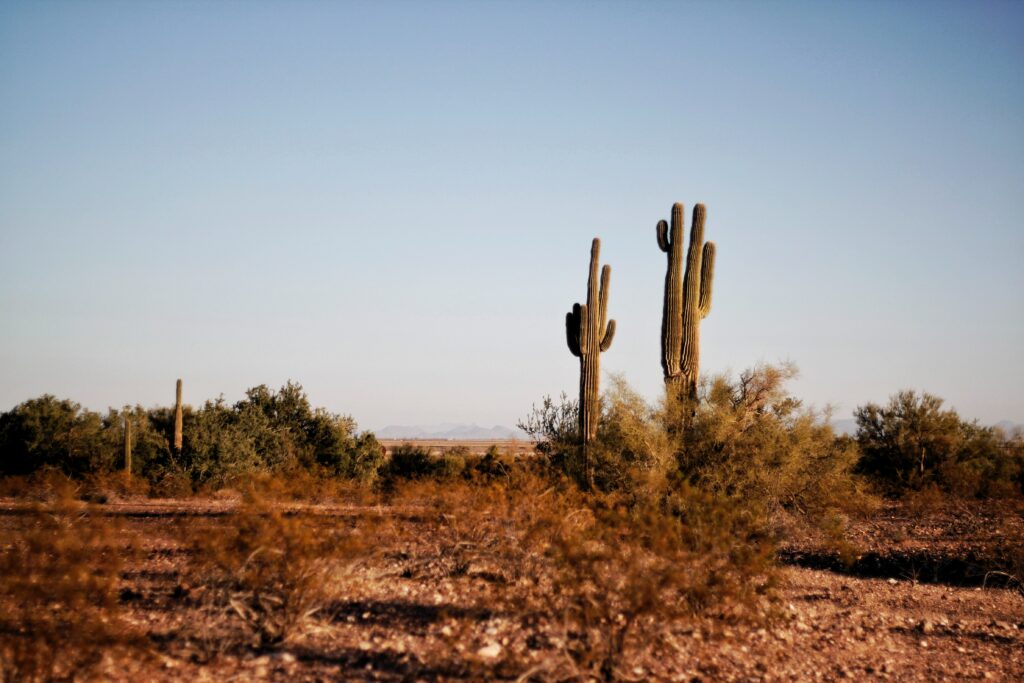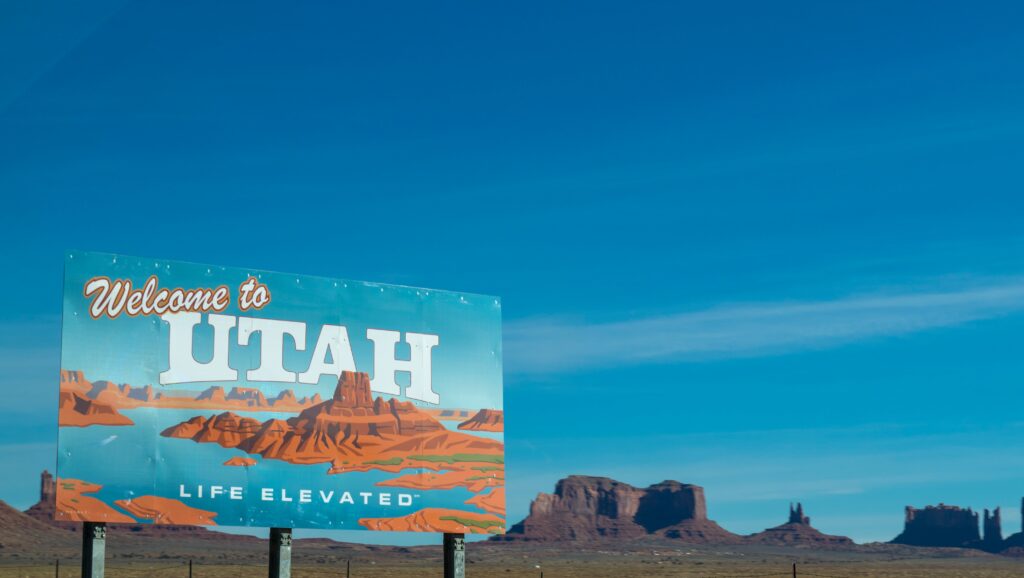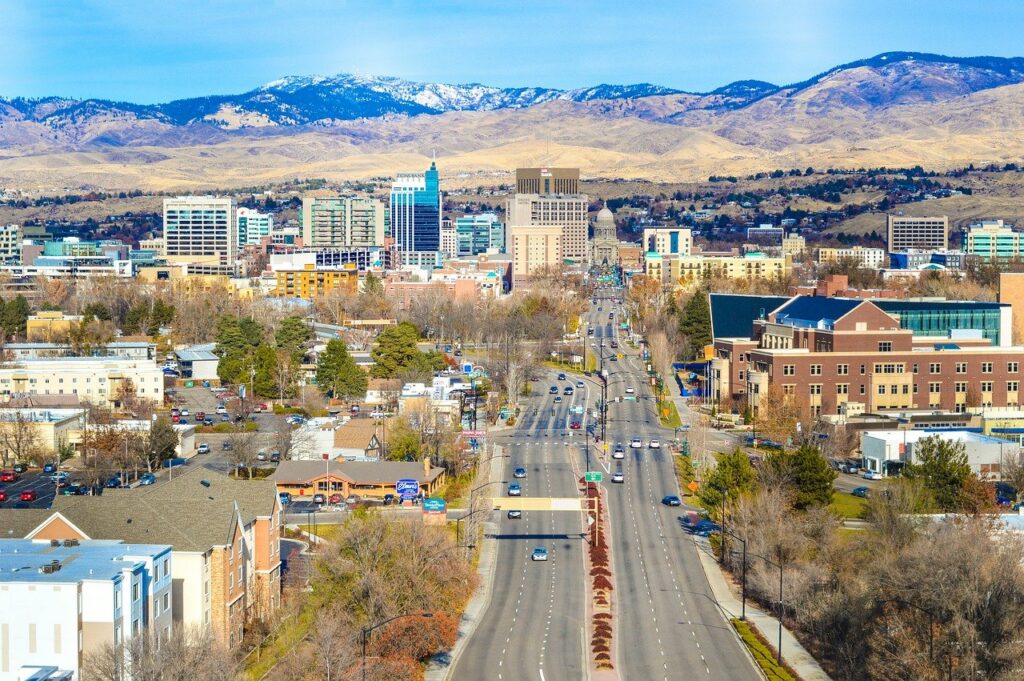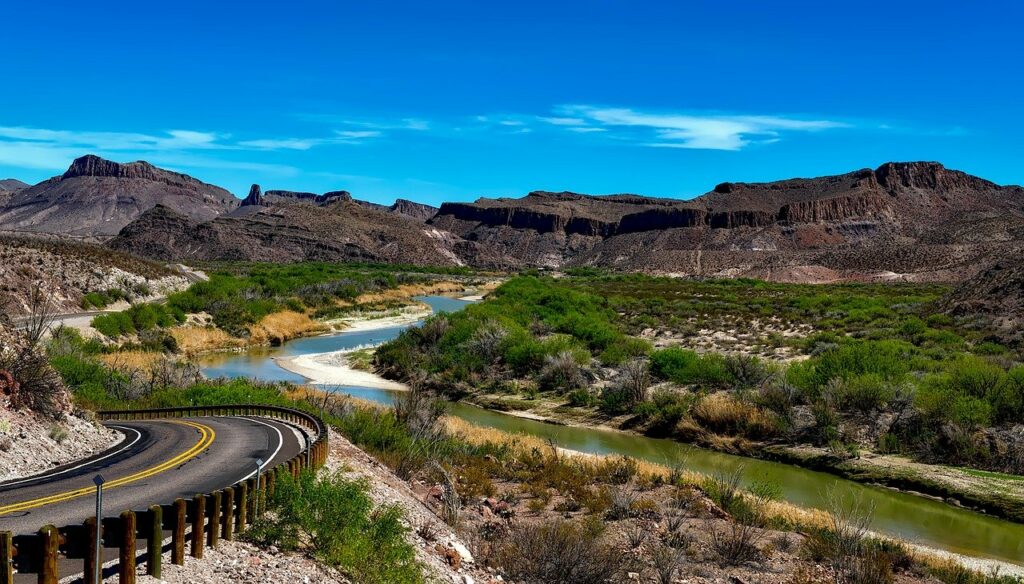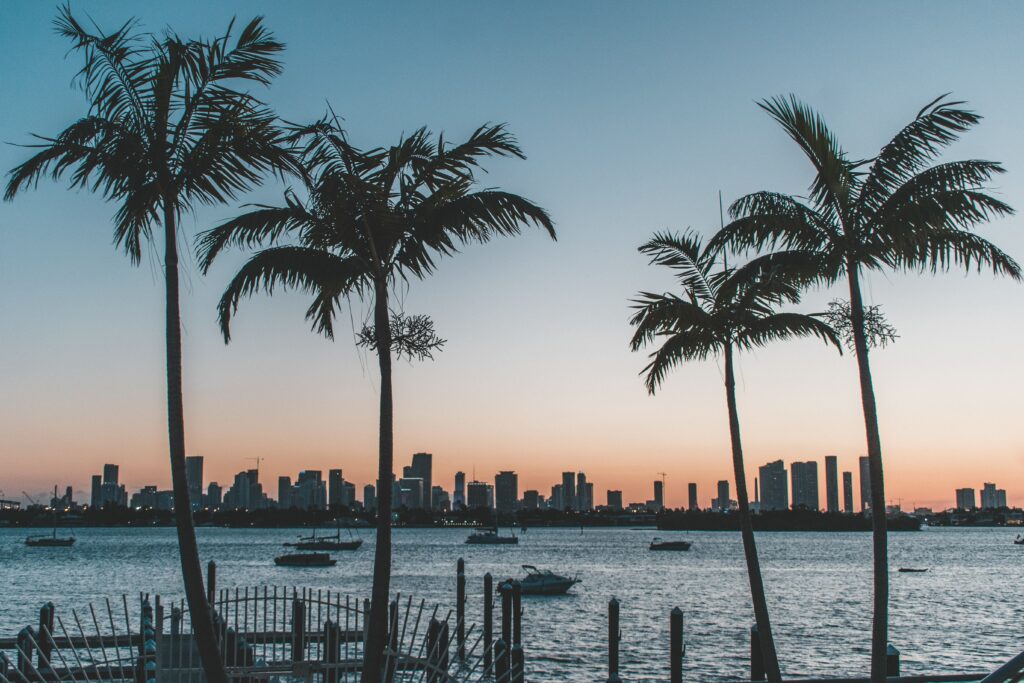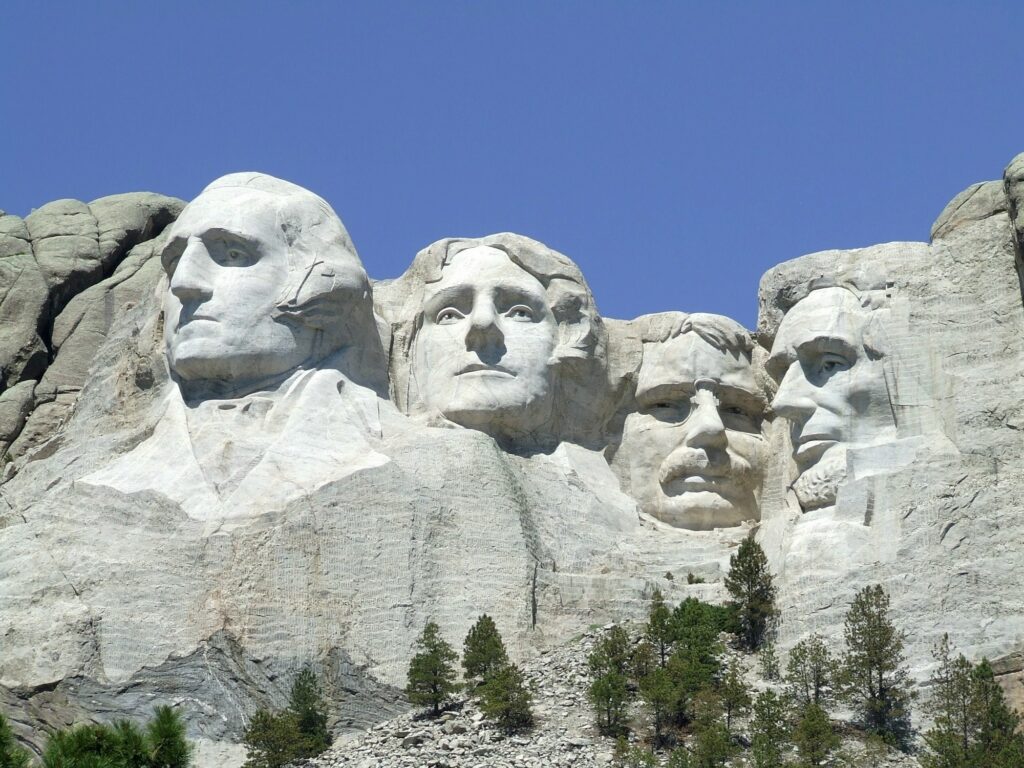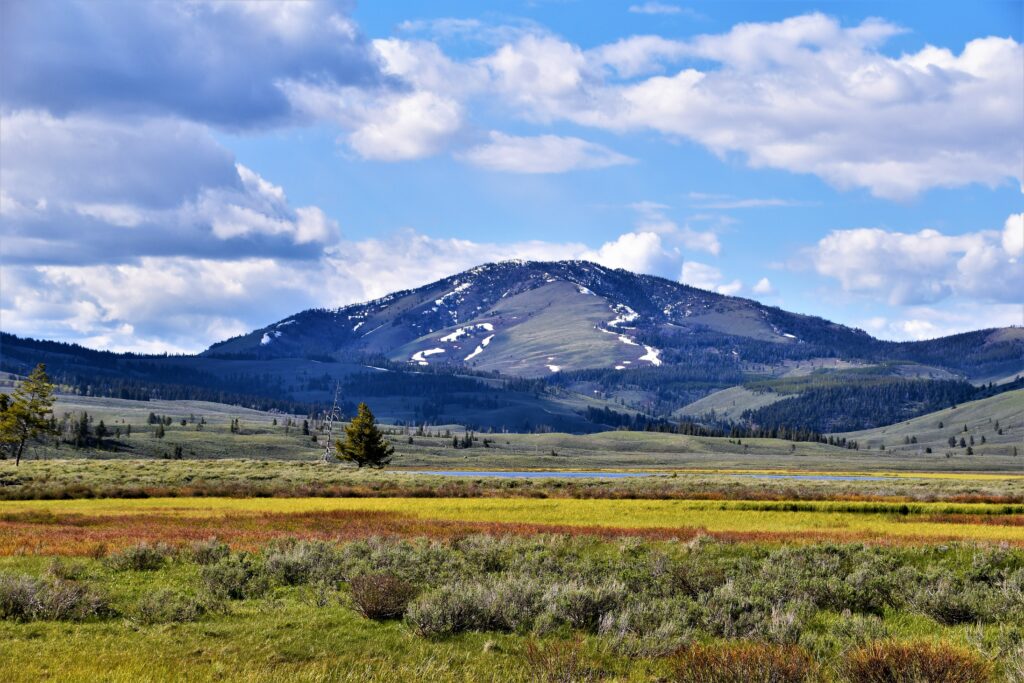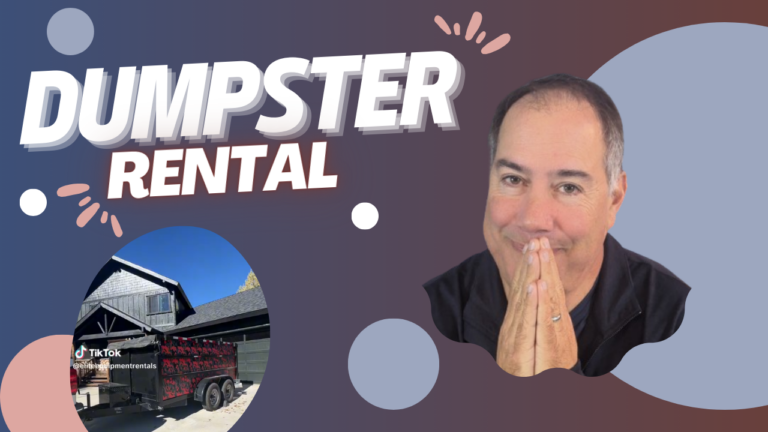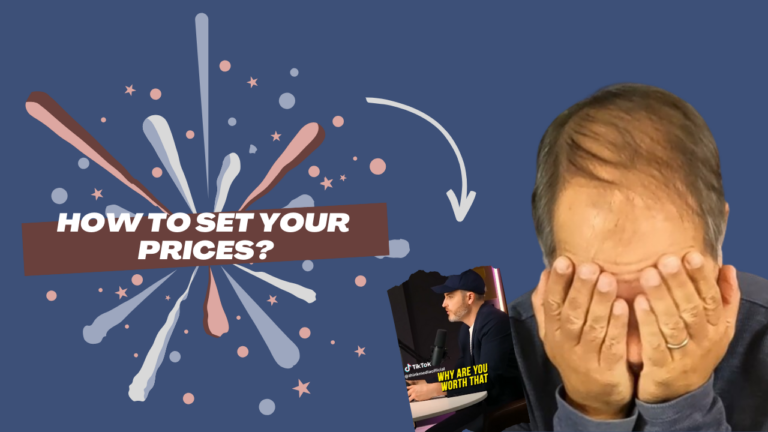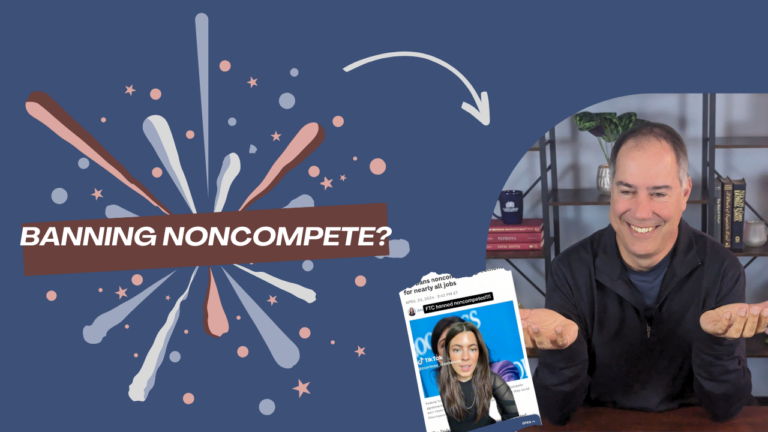10 Best States for Starting a Small Business in 2021
This is the year.
This is the year you’ll stop talking about starting a business and actually launch one. And to that we say, congratulations! You’ve made the first step towards turning your dream into a reality.
If you’re like most first-time entrepreneurs, you’re probably terrified right now. Terrified of failure. Terrified of losing all your savings. Terrified of making what could turn out to be the biggest mistake of your life.
At the same time, you’re probably pretty excited; excited for what the future may hold. Fluctuating between these two emotional extremes is perfectly normal, by the way. It’s all part of the journey.
The good news is, there are ways to—statistically speaking—increase your odds of success while decreasing your risk of failure. And one of the ways you can do that is by putting yourself in a state of success. Literally.
In this article, we’ll go over the 10 best states for starting a small business in 2021, as ranked by The Blueprint. But first, a closer look at the criteria used to evaluate each state:
- Tax laws. Experts analyzed each state’s tax laws (including income, sales, corporate, property, and unemployment insurance tax) to measure how favourable they are for small business owners.
- Consumer spending in the area. Having a customer base is important, which is why experts took consumer spending into consideration during their analysis. While consumer spending varies across industries, this broad view sheds light on the market potential in each region.
- Business survival percentage over a five-year span. According to the U.S. Bureau of Labor Statistics, approximately 50% of businesses fail within the first five years. But that’s nation-wide. Some states have better survival rates than others. The data contained within this study was gathered on a state-by-state basis, for the years 2015–2020.
- Number of new entrepreneurs. Researchers also tracked the rate of new entrepreneurs as a way to measure how favorable conditions were for starting a business.
- Cost of labor. This figure is based on each state’s median household income.
- Climate risk assessment. The impact that climate change has in each state is measured by the average number of disasters per square mile as designated by FEMA. Biological hazards are also included to account for how COVID-19 has affected the area.
All 50 states were graded in each of the above categories on a scale of 1–10. Now that you have an understanding of how each state is ranked, let’s begin our countdown to the 10 best states for starting a small business in 2021.
10. Nevada
Overall score: 5.94
Tax laws: 5.84
Consumer spending in the area: 4.80
Likelihood of business survival: 4.05
Rate of new entrepreneurs: 7.46
Cost of labor: 6.24
Climate risk assessment: 9.46
Nevada is attractive to entrepreneurs for a number of reasons, not the least of which is its tax policies.
On the upside, Nevada does not have a corporate or individual income tax (woohoo!). But with that comes a slightly higher-than-average state sales tax. According to The Blueprint, Nevada’s sales tax tops off at about 8.23%, with the national average being 7.12%. However, most residents find the trade-off well worth it.
Another thing that draws entrepreneurs to The Silver State is the growing market. Consumer spending clocked in at $43,166 in 2019, up 3.7% from 2018.
Other good news? As far as climate danger goes, natural disasters are pretty rare for the most part. Yes, there are wildfires and occasional earthquakes, but overall it’s considered a fairly safe region.
Now let’s talk about the downsides.
With a five-year business survival rate of 47.5%, maintaining long-term success is a challenge for entrepreneurs in the area. You should also know that labor tends to be a bit more expensive in this region, with the median annual income coming in at $63,276.
And then there’s the threats posed by COVID-19. The infection rate, as of January 12, 2021, was at 8,125 per 100,000 residents, with a slight increase in recent weeks.
All things considered, it’s still a popular destination for first-time business owners, with more than 340 residents per 100,000 becoming entrepreneurs.
9. Wyoming
Overall score: 5.96
Tax laws: 10.00
Consumer spending in the area: 1.73
Likelihood of business survival: 1.45
Rate of new entrepreneurs: 9.84
Cost of labor: 5.87
Climate risk assessment: 9.71
Tax-wise, it doesn’t get any better than Wyoming.
Much like Nevada, Wyoming doesn’t have a corporate or income tax. But here’s the key difference: Wyoming’s state sales tax is significantly lower than Nevada’s, maxing out at a nominal 5.34%.
On the outset, Wyoming looks promising, with 390 per 100,000 residents launching a new business in any given month. But upon closer inspection, you’ll find that Wyoming’s long-term business survival rate isn’t so great, at just 44.1%.
Another challenge you’ll face in this state is the cost of labor, with the median annual income being $65,003.
Other things you should know: consumer spending in 2019 topped in at $43,723, an increase of 2.7% from the year prior. Climate-wise, the biggest threat you’ll face are wildfires, which are fairly uncommon. However, COVID-19 cases are on the rise. As of January 12, 2021, an average of 8,189 residents per 100,000 were affected by the virus.
8. Oregon
Overall score: 6.00
Tax laws: 4.75
Consumer spending in the area: 6.13
Likelihood of business survival: 7.02
Rate of new entrepreneurs: 4.68
Cost of labor: 5.42
Climate risk assessment: 9.04
Not only is Oregon absolutely gorgeous, but it also comes with a lot of business perks.
For starters, over half of new businesses (51.4%) survive past the five-year mark, which is higher than the national average. It is also considered relatively safe from a climate perspective, with wildfires and COVID-19 being the only natural disaster to strike in 2020.
You might also be interested to know that Oregon has fared pretty well so far from a COVID standpoint. As of January 12, 2021, only 3,002 cases were reported per 100,000 residents, which is relatively low compared to other states.
It’s somewhat surprising, then, to know that the number of new entrepreneurs is so low. As reported by The Blueprint, Oregon only had 260 new entrepreneurs per 100,000 residents. Then again, maybe that low number has something to do with the state’s whopping 9.9% top individual tax rate, which can easily shoot past 10% when combined with state and local taxes.
Business taxes can also be high, with a 7.6% top corporate tax rate. But at least there is no sales tax, which helps offset some of those costs.
It’s also not easy to find affordable labor here, given the state’s average annual income of $67,058. As you can see, Oregon has its ups and its downs.
7. Arizona
Overall score: 6.07
Tax laws: 4.09
Consumer spending in the area: 6.40
Likelihood of business survival: 4.89
Rate of new entrepreneurs: 7.06
Cost of labor: 6.50
Climate risk assessment: 9.61
Everyone knows Arizona is hot, but did you know its local startup community is too?
On average, there are 330 new entrepreneurs per 100,000 residents, making it a popular destination for first-time business owners. Unfortunately, fewer than half (48.6%) make it past the five-year mark.
With a median annual income of $62,055, finding affordable labor can sometimes be a challenge. But there’s an upside to that: consumer spending is on the up-and-up. In 2019, consumer spending averaged $38,044, an increase of 4.7% compared to 2018.
While Arizona’s taxes aren’t the worst, they’re also not the best either. If you decide to set up shop here, you can expect to pay a corporate tax burden of 4.9% along with a combined state and local tax rate of 8.8%.
Like every other state, COVID has left its mark on the region. Recent figures show the number of cases at 8,622 per 100,000, with new positive tests confirmed each day.
As you can probably guess, Arizona’s dry climate does make it susceptible to wildfires. But the good news is that’s really the only environmental threat you’re likely to face here.
6. Utah
Overall score: 6.26
Tax laws: 5.16
Consumer spending in the area: 10.00
Likelihood of business survival: 5.80
Rate of new entrepreneurs: 3.89
Cost of labor: 3.55
Climate risk assessment: 9.49
Annnnnd coming in at #6 is Utah: The Beehive State!
It might come as a surprise to know that Utah’s median annual income is actually quite a bit higher than the national average. Households here earn approximately $75,780 per year, compared to $68,703 across the U.S. It’s somewhat of a double-edged sword though. On the one hand, it makes affordable labor tough to come by. On the other hand, consumers have more money to spend. Recent data shows that consumer spending increased by 5.7% between 2018 and 2019, with the majority going towards housing and utilities.
Utah’s tax policies can be described as mediocre. The state has an individual income tax rate of 4.95%, which is the same as its corporate tax rate. Local and state taxes combined average about 7.18%.
The five-year business survival rate sits at 49.8%, just a tad bit lower than the national average. There also aren’t as many new entrepreneurs as neighboring states.
If natural disasters are of major concern to you, you can rest easy knowing that there is very little risk of one striking here. The state only faced two major threats in 2020: wildfires and COVID. As of January 12, 2021, Utah’s had 9,591 COVID cases per 100,000, with new cases on the rise.
5. Idaho
Overall score: 6.47
Tax laws: 4.25
Consumer spending in the area: 6.93
Likelihood of business survival: 6.56
Rate of new entrepreneurs: 6.67
Cost of labor: 6.73
Climate risk assessment: 9.15
If saving money on taxes is your top priority, you should probably look elsewhere. Idaho’s individual and corporate income tax rate is set at 6.925%. Put local and state taxes together, and you’re looking at a total of 9.3%.
But for what Idaho lacks in taxes, it makes up for in other areas. For example, aside from the COVID outbreak, Idaho didn’t suffer any natural disasters in 2020. Infection rates released January 12 show 8,407 cases per 100,000 residents, with an uptick in recent weeks.
The state also attracts a decent number of entrepreneurs. Recent figures put the rate of new entrepreneurs at .38%. The five-year survival rate isn’t too bad either, at just over 50%.
Much like the other states we’ve mentioned thus far, affordable labor may be hard to come by, given the average annual income of $60,999. Personal spending is on the rise, having increased 4.5% from 2018 to 2019, but isn’t anything out of the ordinary at $37,183.
4. Texas
Overall score: 6.62
Tax laws: 4.84
Consumer spending in the area: 6.27
Likelihood of business survival: 6.64
Rate of new entrepreneurs: 9.05
Cost of labor: 6.07
Climate risk assessment: 7.98
Yeehaw! Texas coming in at #4 (sorry, we had to).
If you read the news a lot, this is probably no surprise to you. The Lone Star State has made headlines recently for luring big businesses and billionaires away from California. Elon Musk, Joe Rogan, and DropBox CEO Drew Houston are just some of the key players who have decided to call Texas their new home.
But Texas isn’t just good for big business; it’s good for small business, too. Perhaps that’s why an average of 410 Texans launch a startup on any given day. Even better: the odds of success are in their favor. According to The Blueprint, over half (50.9%) are expected to last five years.
Another huge perk: Texas doesn’t have any personal or corporate income tax. Unfortunately, their sales tax rates are somewhat high, averaging a combined 8.19%.
Like all of the other states mentioned thus far, finding affordable labor can be a bit of a challenge, given the state’s median annual income of $64,034. But on the bright side, consumers are willing to spend more here than they are in neighboring states. In 2019, Texas consumer spending averaged $40,552, an increase of 4.4% compared to the previous year.
One thing to keep in mind is that Texas is prone to hurricanes and tropical storms, although some areas are more high risk than others. And like every other state, they are battling an ongoing pandemic. As of January 12, the great state of Texas had 6,864 COVID cases per 100,000 residents, with that figure continuing to rise in recent weeks.
3. Florida
Overall score: 7.03
Tax laws: 8.11
Consumer spending in the area: 6.53
Likelihood of business survival: 5.57
Rate of new entrepreneurs: 9.37
Cost of labor: 7.11
Climate risk assessment: 5.21
If you like sunshine, palm trees, and low taxes, welcome to the state of Florida.
The Tax Institute ranked Florida #1 for individual income tax (there is none) and #4 for corporate taxes, with a maximum rate of just 4.5%.
But that’s not the only thing that makes The Sunshine State attractive to entrepreneurs. Labor costs here are also more affordable, with the state’s average annual income coming in at $59,227.
With such great incentives, it’s no wonder that 0.42% of residents launch a startup in any given month. Unfortunately, less than half (49.5%) are expected to make it past five years.
Of course, we can’t talk about Florida without mentioning hurricanes. Every year, the state gets pummeled by tropical storms. Also worth mentioning is their COVID outbreak numbers, with 6,930 cases per 100,000 cases as of January 12, and more emerging each day.
2. South Dakota
Overall score: 7.05
Tax laws: 9.32
Consumer spending in the area: 5.33
Likelihood of business survival: 7.63
Rate of new entrepreneurs: 5.08
Cost of labor: 7.04
Climate risk assessment: 7.72
South Dakota welcomes entrepreneurs with open arms. The state offers a free Business Start-Up Packet to anyone interested in setting up shop here, courtesy of its Office of Economic Development.
The tax laws here are some of the most favorable in the nation, with no personal or corporate income tax. And while the number of new entrepreneurs in the state is low, at 290 per 100,000, those who do launch a business here have good odds (a 52.2% chance) of surviving five years or more.
You’ll also be glad to know that affordable labor is plentiful here, with a median annual household income of $59,533. Consumer spending, while increasing 3.9% from 2018 to 2019, remains somewhat low at $40,798.
Another thing South Dakota has going for it is its safety from natural disasters. The only natural disaster to strike the state in 2020 was the COVID pandemic, which was one of the worst in the nation at 11,699 cases per 100,000 residents as of January 12. Thankfully, cases have been on a steady decline since then.
1. Montana
Overall score: 7.39
Tax laws: 6.23
Consumer spending in the area: 4.93
Likelihood of business survival: 8.55
Rate of new entrepreneurs: 9.21
Cost of labor: 7.56
Climate risk assessment: 9.37
Much like South Dakota, Montana also welcomes entrepreneurs with open arms by offering a variety of resources to new business owners.
The state scores high in several areas, one of which being the likelihood of business survival. Current stats show a five-year business survival rate of 53.4%, which is well above the national average. Labor costs here are also reasonable, with the average annual household income at $57,153.
The tax climate in Montana, while not as optimal as it could be, still isn’t bad. The state imposes an individual income tax rate that maxes out at 6.9% and a corporate tax rate of 6.75%. There is no sales tax in Montana.
In recent years, the state has experienced a dramatic spike in consumer spending. In 2017, for example, consumers spent approximately $41.4 million. Compare that to 2019, in which consumers spent $45.3 million. That’s a 9.2% increase!
The risk of natural disasters in Montana is pretty minimal, with wildfires and COVID being the only catastrophes to strike in 2020. As of January 12, the infection rate was at 8,107 cases per 100,000 residents, with cases continuing to climb.
Parting Thoughts
If this article has inspired you to relocate, that’s great! But don’t go breaking out the moving boxes just yet.
There’s a lot more to consider when moving to another state than just your business. Other factors to think about include weather, crime, school ratings, the housing market, along with the average cost of living. After all, what good is moving to another state if your quality of life is going to suffer?
In the end, while you may perform better in another state from a business standpoint, that doesn’t necessarily guarantee that you (or your family) will be any happier for it. The best advice we can give you is to make sure you look at the whole picture before you move forward.

